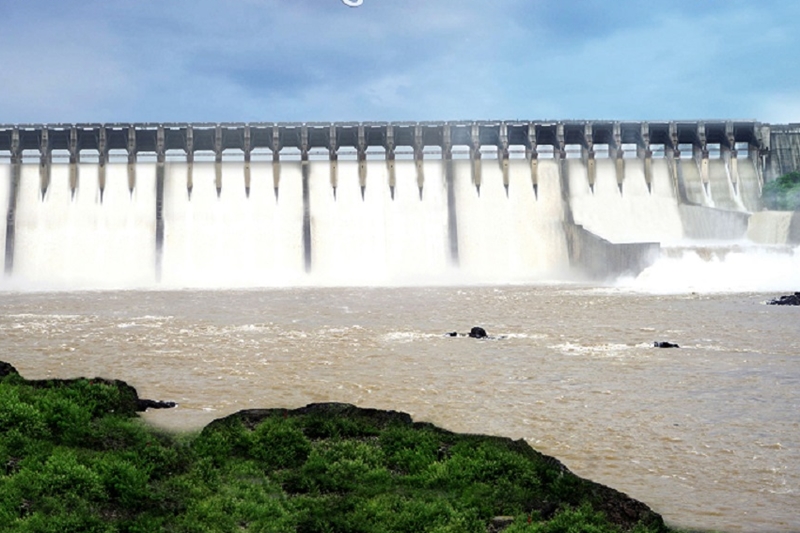The preliminary report of Gujarat Water Supply and Sewage Board (GWSSB) has indicated the presence of sulphide in the water. And, that is why the water supply to 138 villages in Narmada and Chhota Udepur districts were stopped and later on started again for unknown reasons.

According to the member of Paryavaran Suraksha Samiti, Rohit Prajapati, the Government of Gujarat is not disclosing reasons behind the presence of sulphide and decrease in Dissolved Oxygen (DO) in Sardar Sarovar Dam and its canals in the water samples taken in February 2019.
Prajapati said that the government of Gujarat did not reply to their letter dated February 12 regarding this.
“The Sardar Sarovar Dam is “understood” to be “The Lifeline of Gujarat” and has been considered as the solution to water quantity and quality problems of almost the entire state. Despite this fact, we fail to understand why the government of Gujarat is not disclosing reasons behind the presence of Sulphide and decrease in Dissolved Oxygen (DO) in Sardar Sarovar Dam and its canals in the water samples taken in February 2019, to the people of Gujarat. Is it secret information not to be shared with the people?” he said in a letter.
“The people of Gujarat were told that the concerned authorities were reportedly seeking the help of the Oceanography Department that is most likely to have the equipment and expertise to collect samples from the base of reservoirs. We strongly feel that the water samples from different depths and especially from the bottom of the dam must be collected and analysed to find out the real reasons behind the decrease in Dissolved Oxygen,” he said.
“The people of Gujarat came to know through media that the silt at the base of dams that have stagnant reservoirs could emit toxic gases following a seismic activity at the base. The GPCB reportedly confirmed that it had sought the seismology report of the Narmada basin from January 25 onwards to ascertain if any such tremor could have triggered the toxicity,” he said in the letter.
One more explanation given to people is that the monsoon deficit for the last two years and the simultaneous increase in the height of the dam meant that there was no overflow from the reservoir. This caused the water to remain stagnant for over two years. The presence of the original aquatic flora and fauna as well as the accumulated silt in the stagnant water can result in acidic reactions with the oxygen in the water, he wrote.
“The preliminary report of Gujarat Water Supply and Sewage Board (GWSSB) has indicated the presence of sulphide in the water. And, that is why the water supply to 138 villages in Narmada and Chhota Udepur districts were stopped and later on started again for reasons not known to us. The concerned authorities are spending a huge amount on unplanned tourism in an ad-hoc manner in this very area to attract tourists. It is surprising that they had no resource to inform the public about the quality of crucial water source or had played down the crisis for reasons best known to them,” he wrote.
He added that the piecemeal information released through media by various authorities raises a fundamental question about multiple and interrelated crises. With so much public and media coverage with various explanations being offered, they requested the concerned departments to make the following information public and keep the public updated with all the related information:
1. When and how did the concerned authorities come to know of the problem?
2. Who had reported the gas emission? Based on what evidence or data?
3. Which Departments and officials had done the investigation?
4. All the investigations reports of all concerned departments.
5. Final or the latest report of the alarming situation.
6. The plan of action, along with assigned departments and officers and deadlines, to prevent such incidents in future based on the final investigation reports.
7. Short Term and Long Term plans by the concerned authorities and their departments to thwart and comprehensively address such crisis in the future.
“We ask you to immediately display the above information, in detail, in various public domains and also by giving prominent public notices and announcements in the newspapers and on the TV for the benefit of the larger public,” he wrote.